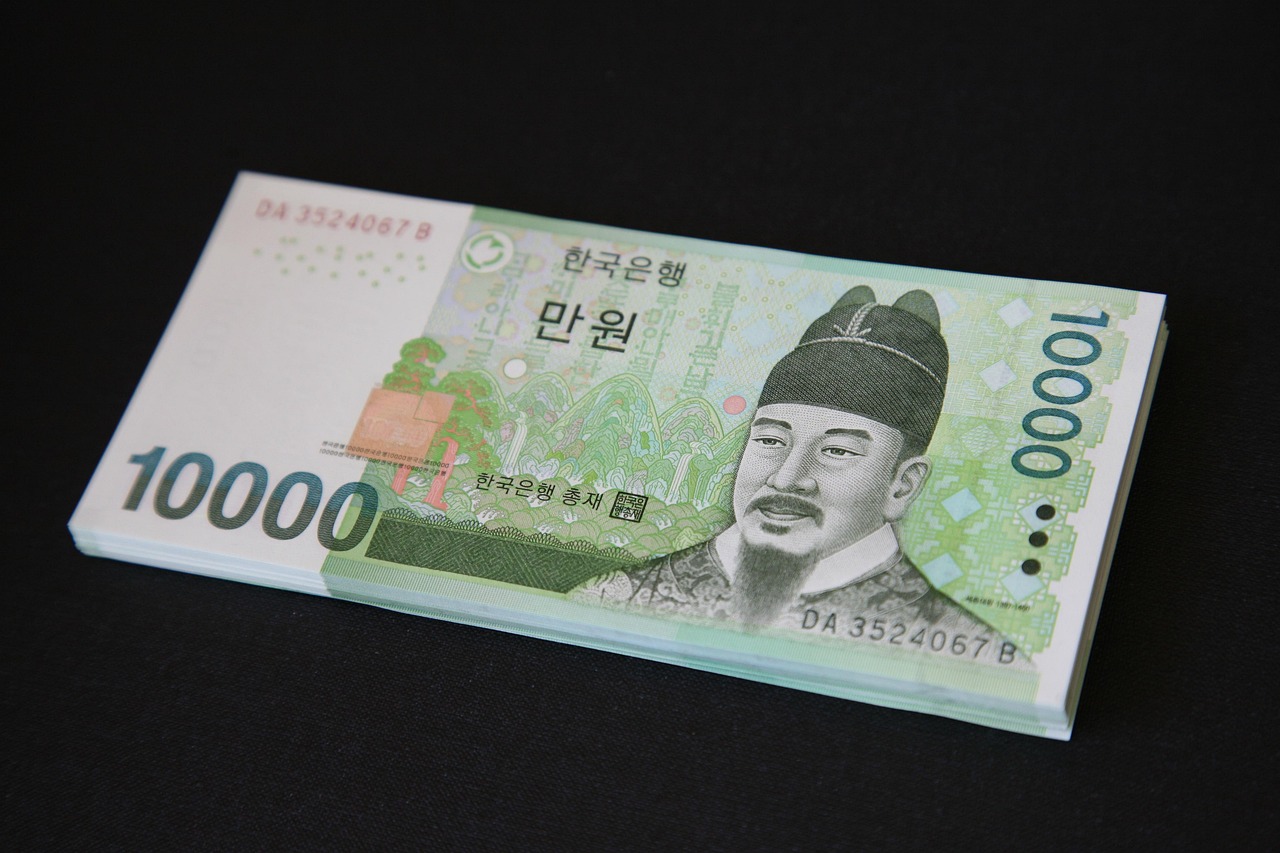Asian currencies declined on Tuesday, while the U.S. dollar edged higher after President Donald Trump imposed tariffs on metal imports, fueling concerns over a potential trade war.
Trade-sensitive currencies, including the South Korean won, Australian dollar, and Singapore dollar, were among the biggest losers. The Japanese yen saw some safe-haven demand, limiting its losses, while the Chinese yuan remained stable.
The dollar index rose 0.1%, extending gains from the previous session. Trump signed executive orders imposing 25% tariffs on steel and aluminum imports, with potential for additional tariffs. Traders speculated that these measures could drive inflation, influencing future interest rate decisions.
The USDKRW and USDSGD pairs increased by 0.2% and 0.1%, respectively, while the AUDUSD fell 0.2%, despite positive consumer sentiment data in Australia. The yen held near a two-month low as bets on Bank of Japan rate hikes increased. The Chinese yuan remained steady, backed by Beijing’s intervention following recent U.S. tariffs.
India’s rupee stabilized after nearing record lows, supported by the Reserve Bank of India. However, concerns grew after Trump’s top economic adviser, Kevin Hassett, criticized India’s high import tariffs. Reports suggested Prime Minister Narendra Modi is preparing tariff cuts on key sectors, including electronics and medical equipment, ahead of discussions with Trump.
Market participants now await key U.S. inflation data, expected to influence the Federal Reserve’s rate outlook. Asian currencies remain under pressure amid growing trade tensions and shifting monetary policies.



 Trump Meets Mexico and Canada Leaders After 2026 World Cup Draw Amid USMCA Tensions
Trump Meets Mexico and Canada Leaders After 2026 World Cup Draw Amid USMCA Tensions  Japan’s Q3 Economic Contraction Deepens as Revised Data Signals Stronger Headwinds
Japan’s Q3 Economic Contraction Deepens as Revised Data Signals Stronger Headwinds  RBI Cuts Repo Rate to 5.25% as Inflation Cools and Growth Outlook Strengthens
RBI Cuts Repo Rate to 5.25% as Inflation Cools and Growth Outlook Strengthens  Gold Prices Inch Higher as Fed Rate-Cut Expectations Strengthen
Gold Prices Inch Higher as Fed Rate-Cut Expectations Strengthen  Global Currencies Steady Ahead of Key Central Bank Decisions
Global Currencies Steady Ahead of Key Central Bank Decisions  Citi Sets Bullish 2026 Target for STOXX 600 as Fiscal Support and Monetary Easing Boost Outlook
Citi Sets Bullish 2026 Target for STOXX 600 as Fiscal Support and Monetary Easing Boost Outlook  U.S. Stocks Rise as Cooler Inflation Boosts Hopes for Fed Rate Cut
U.S. Stocks Rise as Cooler Inflation Boosts Hopes for Fed Rate Cut  Spain’s Industrial Output Records Steady Growth in October Amid Revised September Figures
Spain’s Industrial Output Records Steady Growth in October Amid Revised September Figures  U.S. Stocks End Week Higher as Markets Anticipate Fed Rate Cut
U.S. Stocks End Week Higher as Markets Anticipate Fed Rate Cut  Oil Prices Hold Near Two-Week Highs as Markets Await Fed Rate Cut and Monitor Geopolitical Risks
Oil Prices Hold Near Two-Week Highs as Markets Await Fed Rate Cut and Monitor Geopolitical Risks  European Oil & Gas Stocks Face 2026 With Cautious Outlook Amid Valuation Pressure
European Oil & Gas Stocks Face 2026 With Cautious Outlook Amid Valuation Pressure  Vietnam’s November Trade Sees Monthly Decline but Strong Year-on-Year Growth
Vietnam’s November Trade Sees Monthly Decline but Strong Year-on-Year Growth  ECB Signals Steady Rates Ahead as Policymakers Warn of Inflation Risks
ECB Signals Steady Rates Ahead as Policymakers Warn of Inflation Risks  European Stocks Rise as Markets Await Key U.S. Inflation Data
European Stocks Rise as Markets Await Key U.S. Inflation Data  Asian Markets Mixed as RBI Cuts Rates and BOJ Signals Possible Hike
Asian Markets Mixed as RBI Cuts Rates and BOJ Signals Possible Hike 






























